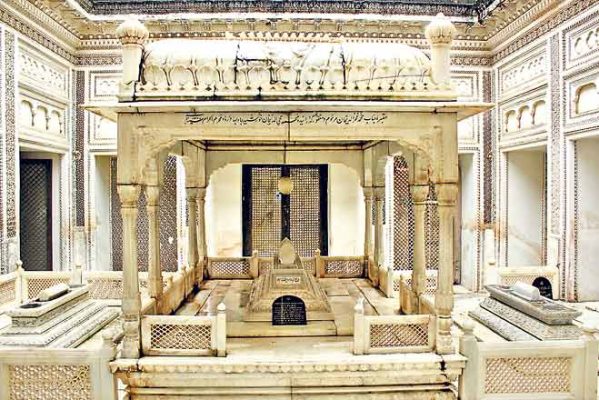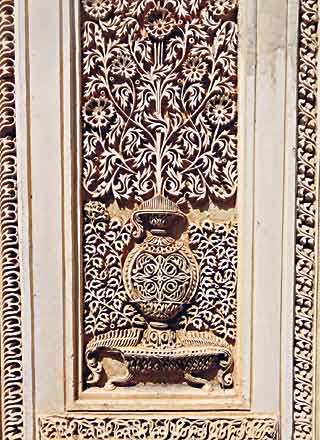Bhopal, MADHYA PRADESH / Hyderabad, TELANGANA :
Her funeral will be taking place today in Bhopal’s Saifia Masjid where her family members and ancestors are buried.

Bhopal’s titular queen Princess Saleha Sultan. (File photo| EPS)
Hyderabad:
Calm, caring and royal in her mannerisms. This is how those who knew Princess Saleha Sultan, the titular queen of Bhopal who passed away in Hyderabad and whose last rites were performed in the Madhya Pradesh city on Monday, described her.
Born in 1940, Sultan passed away on Sunday of a brain haemorrhage. Her mortal remains were taken to Bhopal on Monday where the funeral took place at the Saifia Masjid where her family members and ancestors are also buried.
She is survived by four sons Amer Bin Jung, Saad Bin Jung, Omer Bin Jung and Faiz Bin Jung. Her husband Paigah Nawab Bashir Yar Jung, whose father Nawab Sir Viqar-ul-Umra constructed the Falaknuma Palace, passed away in 2019.
Mohammed Safiullah, a historian said, “I had known her for at least 30 years. She was very calm, caring and carried herself really well. She made others feel comfortable around her and was full of grace.” Safiullah, who was informed of the tragic news by the Princess’ sons, said, “The last time I met her was on November 4, when her husband Bashir Yar Jung passed away. She was extremely heartbroken.”
Sultan and Jung were married in December 1957 at the Hyderabad House, New Delhi. The function was held under the patronage of the then Prime Minister Jawaharlal Nehru.
“As the eldest child of Nawab Ifteqar Ali Khan Pataudi and Begum Sajida Sultan of the princely State of Bhopal, she was the titular Begum of Bhopal. She was older to her brother Nawab Mansoor (Tiger) Ali Khan Pataudi, the cricket legend,” Safiullah said.
Although she was the eldest, she was never recognised as the head of the erstwhile Bhopal State, despite Bhopal being a matriarchal kingdom. After her mother Sajida Sultan’s death, the title of Nawab passed on to Tiger Patadui.
Sultan and her sons have been embroiled in a court case with Tiger’s son, Bollywood actor Saif Ali Khan to procure a share of the ancestral property in Bhopal. In contention is over 6,000 acre of property worth thousands of crores of rupees, including the Bhopal Jama Masjid that is estimated to be worth Rs 1,000 crore.
Another historian Vedakumar Manikonda expressing his condolences said, “For some time in early 90s, we were neighbours. We used to meet now and then.”
source: http://www.newindianexpress.com / The New Indian Express / Home> Hyderabad / by The New Indian Express Online Archive / January 21st, 2020










